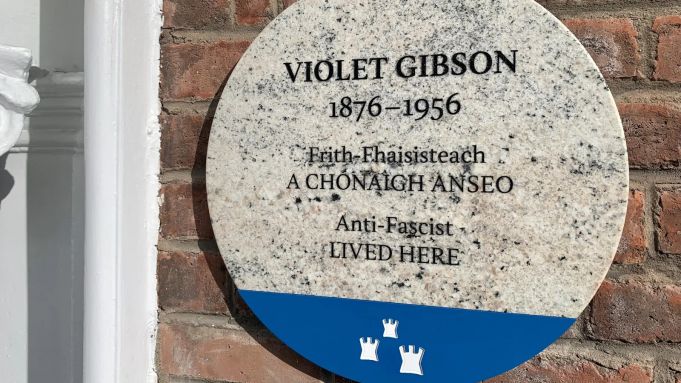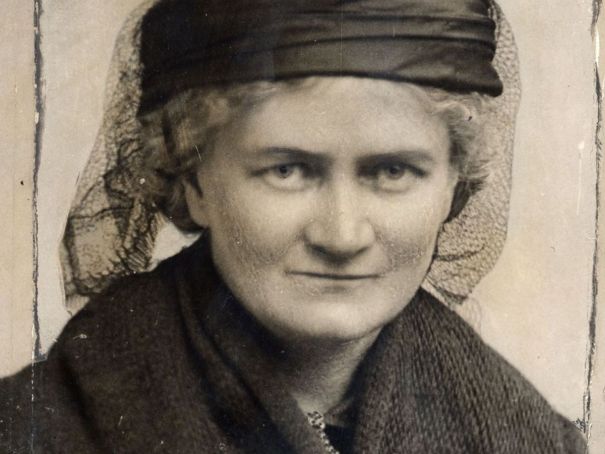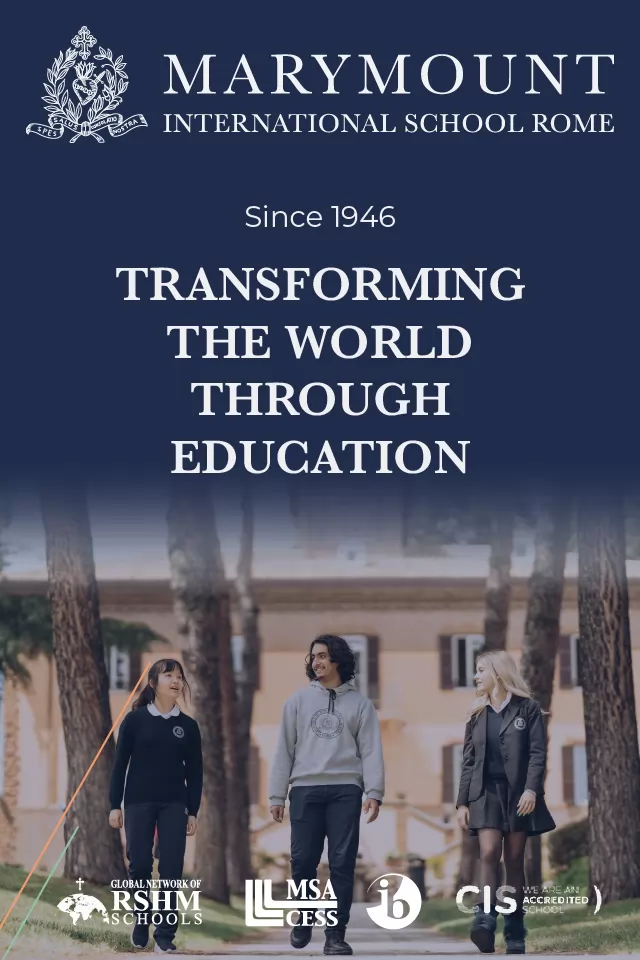Ireland remembers Violet Gibson with plaque outside her childhood home in Dublin.
A plaque dedicated to Violet Gibson, the Irishwoman who tried to assassinate Italian Fascist leader Benito Mussolini almost a century ago, was unveiled in Dublin on 20 October.
The memorial to Gibson, described on the plaque as an "Anti-Fascist", was erected at 12 Merrion Square, which was her childhood home.

Mussolini survived the assassination attempt in Rome on 7 April 1926, after a bullet grazed his nose, in an episode largely forgotten by history.
The person who pulled the trigger was Anglo-Irish woman Violet Gibson who mingled among the crowd with a Model 1892 revolver hidden under her shawl.
Gibson shot at Mussolini as he walked through Piazza del Campidoglio, seat of Rome's city hall, after he had addressed the International Congress of Surgeons.
Imprisonment and deportation
She fired one shot, with the bullet grazing Mussolini's nose, before the gun jammed and she was almost lynched by the crowd. She was only saved after the police intervened to arrest her.
As for Mussolini, he suffered only minor injuries which he dismissed as "a mere trifle," and once his nose was bandaged he continued his parade around the Capitoline Hill.

Dublin
The motion to install a plaque in Gibson's honour in Merrion Square was first proposed by independent councillor Mannix Flynn a couple of years ago.
The proposal received support from Gibson's family and was passed formally last year by Dublin City Council which voted unanimously in favour of the memorial.
Committed anti-fascist
"It is now time to bring Violet Gibson into the public eyes and give her a rightful place in the history of Irish women and in the history of the Irish nation and its people," stated Flynn, who hailed Gibson as a "committed anti-fascist."
Flynn noted, however, that "It suited both the British authorities and her family to have her seen as 'insane' rather than as political," adding that "for some odd reason" Gibson has been "totally ignored" by the "Irish establishment, and indeed the British establishment."
Who was Violet Gibson?
Born in Dublin in 1876, Gibson came from a privileged background. Her father was the politician and lawyer Lord Ashbourne, a friend of British prime minister Benjamin Disraeli.

Unsent letters
It recently came to light that she had written several letters appealing for her release to powerful society figures, including Princess Elizabeth - the future Queen - and Winston Churchill. The letters never reached their intended recipients.
Legacy
Over the years Gibson has been the subject of books, plays and songs. She was also portrayed by Olwen Fouéré in The Irish Woman Who Shot Mussolini, broadcast on Irish television in 2021.
General Info
View on Map
Violet Gibson: The Irish woman who shot Mussolini
1 Merrion Square E, Dublin, Ireland


















